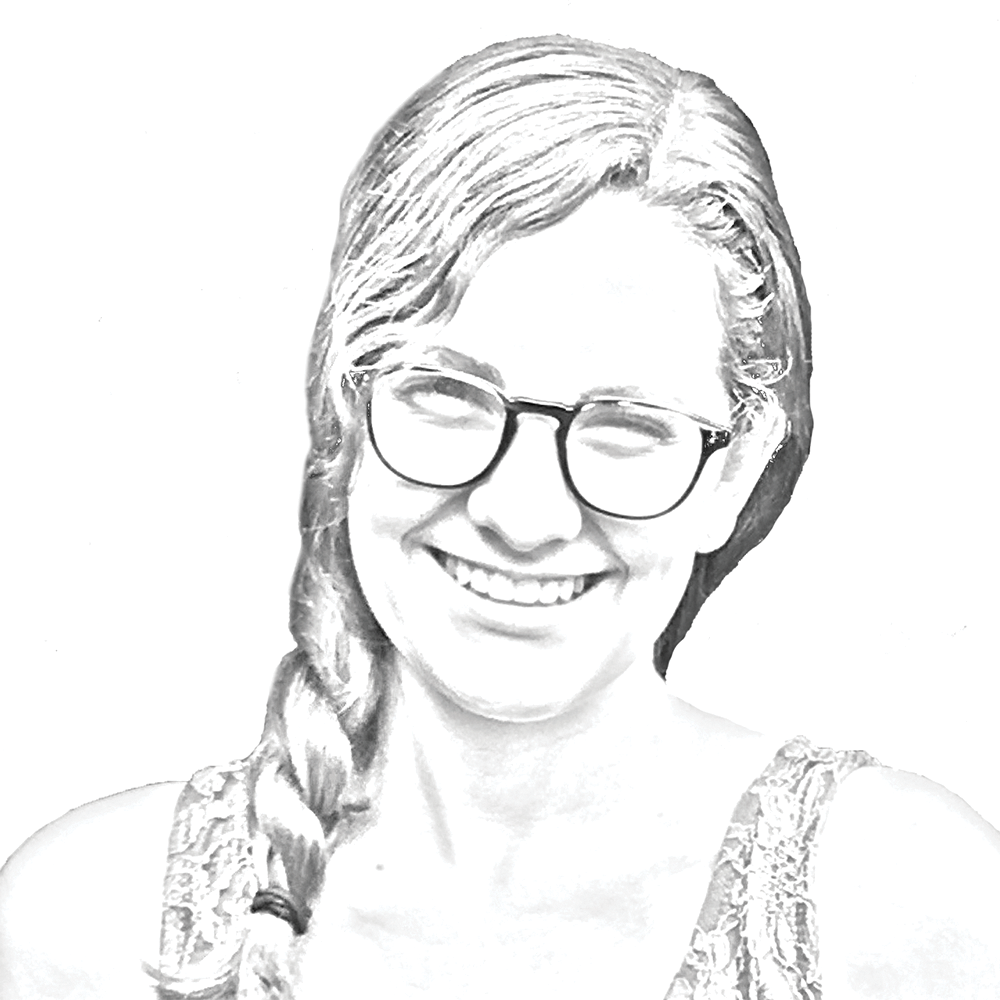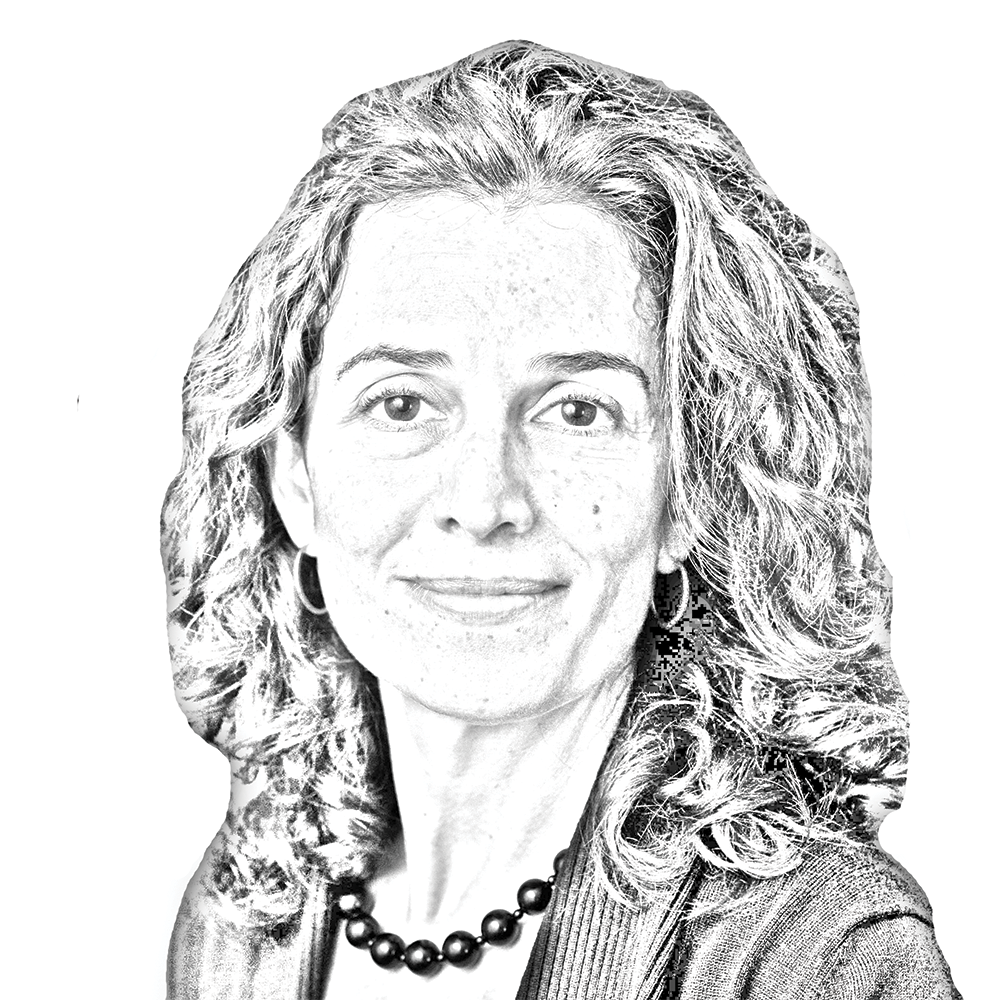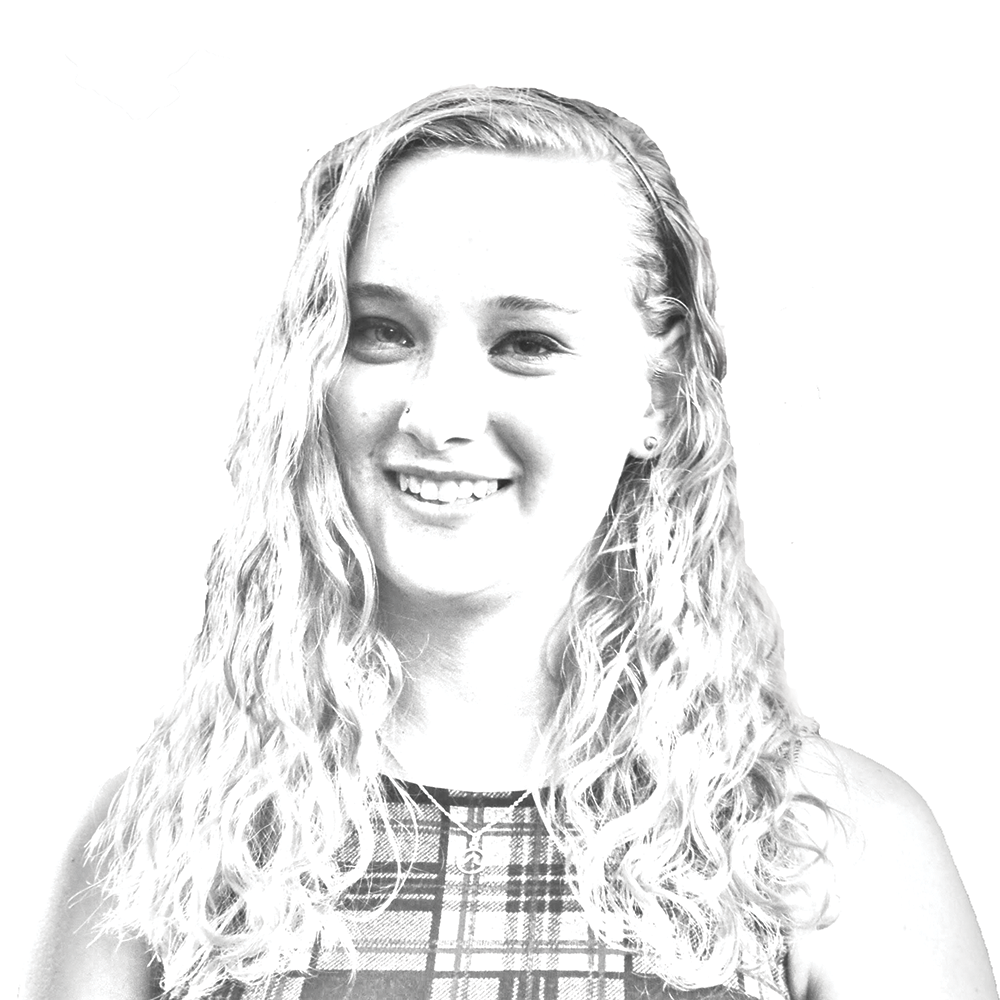As a scholar of the Holocaust, I am often called upon by friends, family, colleagues, strangers on the metro and Uber drivers to be the arbiter of a perpetual question: “Isn’t [insert contemporary topic here] just like Hitler/the Nazis/the Holocaust?”
The answer I almost always give is a definitive “no.” The 2016 U.S. presidential election has proven to be no different. With pronouncements of immigration exclusions, anti-Semitism and white supremacy, the questions roll in, but the answer remains the same: Although the events themselves are fundamentally different, the solutions to these problems are remarkably similar.
Teachers joined the Nazi party in greater numbers than any other profession. More than half of all German physicians became members of the Nazi party. Trained physicians conducted degrading and excruciating medical experimentation on innocent men, women and children to validate pseudo-scientific theories.
An advanced education does not inoculate us from hate, which should not be a surprise. How many Ph.D.s does one need to have to know that murdering millions, or a single person for that matter, is wrong? If terminal degrees cannot prevent genocide, what can? The answer is not education, but empathy.
As an academic, my initial inclination when confronting hate speech is to suggest more education. But as a historian of the Holocaust, I know that simply is not enough. Hate is emotional, not rational, and must therefore be responded to emotionally.
Every social science researcher who has studied racial bias has found that there is no relationship between teaching people about the injustices of discrimination and decreased animosity. No museum, movie or speaker, no matter how compelling, can move the needle towards tolerance by simply telling a story of discrimination. So what does work?
In a 2016 study, “Reducing Implicit Racial Preferences,” Dr. Calvin Lai of Harvard University assessed 17 different interventions for reducing racial bias and found the most effective to be a presentation of “counterstereotypical” images.
The most effective intervention for reducing bias was showing a picture to subjects who had scored highly on implicit bias tests indicating an animus towards black people. The image featured a black woman, wearing a hard hat to suggest that she is a construction worker, who is also breastfeeding a child. Seeing yourself, and more importantly seeing your espoused values in those with whom you think do not share them can catalyze sincere empathy, and reduce animus.
I wish that education was the silver bullet for hate, not just because it would mean increased job security for me but also because it would make reducing hate so much easier. Education is compulsory in the United States, but seeing your fellow man as fully human is not.
In his 1835 text, “Democracy in America,” Alexis de Tocqueville noted, “In the United States the more opulent citizens take great care not to stand aloof from the people; on the contrary, they constantly keep on easy terms with the lower classes: They listen to them, they speak to them every day.”
Over 180 years later, that could not be further from the truth. Today, throughout most of the U.S. schools are more segregated than they were in the 1960s, and “SuperZips,” zip codes where the median household income exceeds $120,000 and greater than 68 percent of the residents have college degrees, continue to concentrate. If we want to start seeing our fellow man as fully equal, we must start seeing our fellow man in person.
Samuel J. Aronson is an Assistant Dean in the Georgetown University Edmund A. Walsh School of Foreign Service. From the Dean’s Desk is a rotating column that appears every other Friday.





















Daniel • Feb 17, 2017 at 12:46 pm
What an insightful piece of writing!